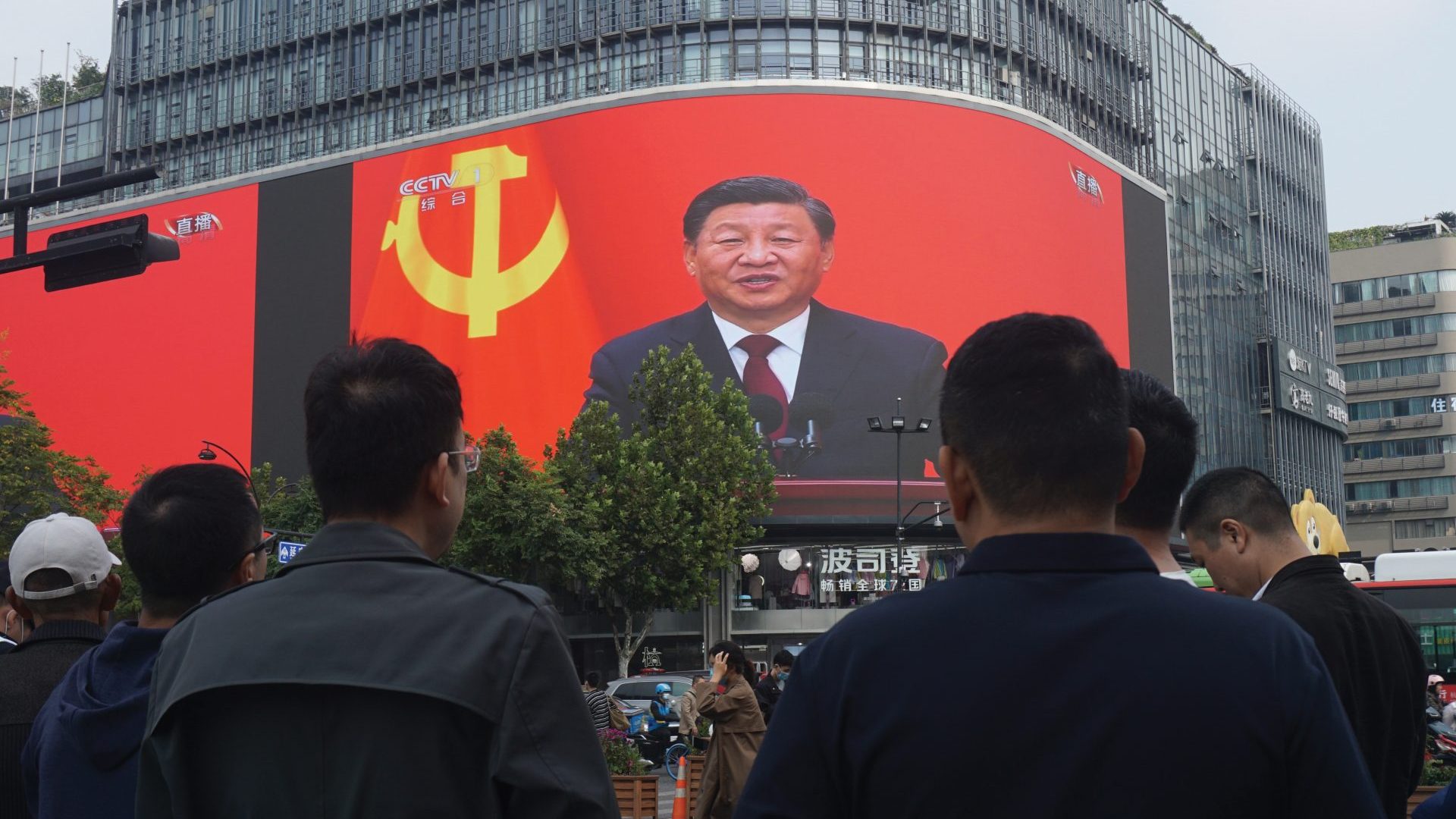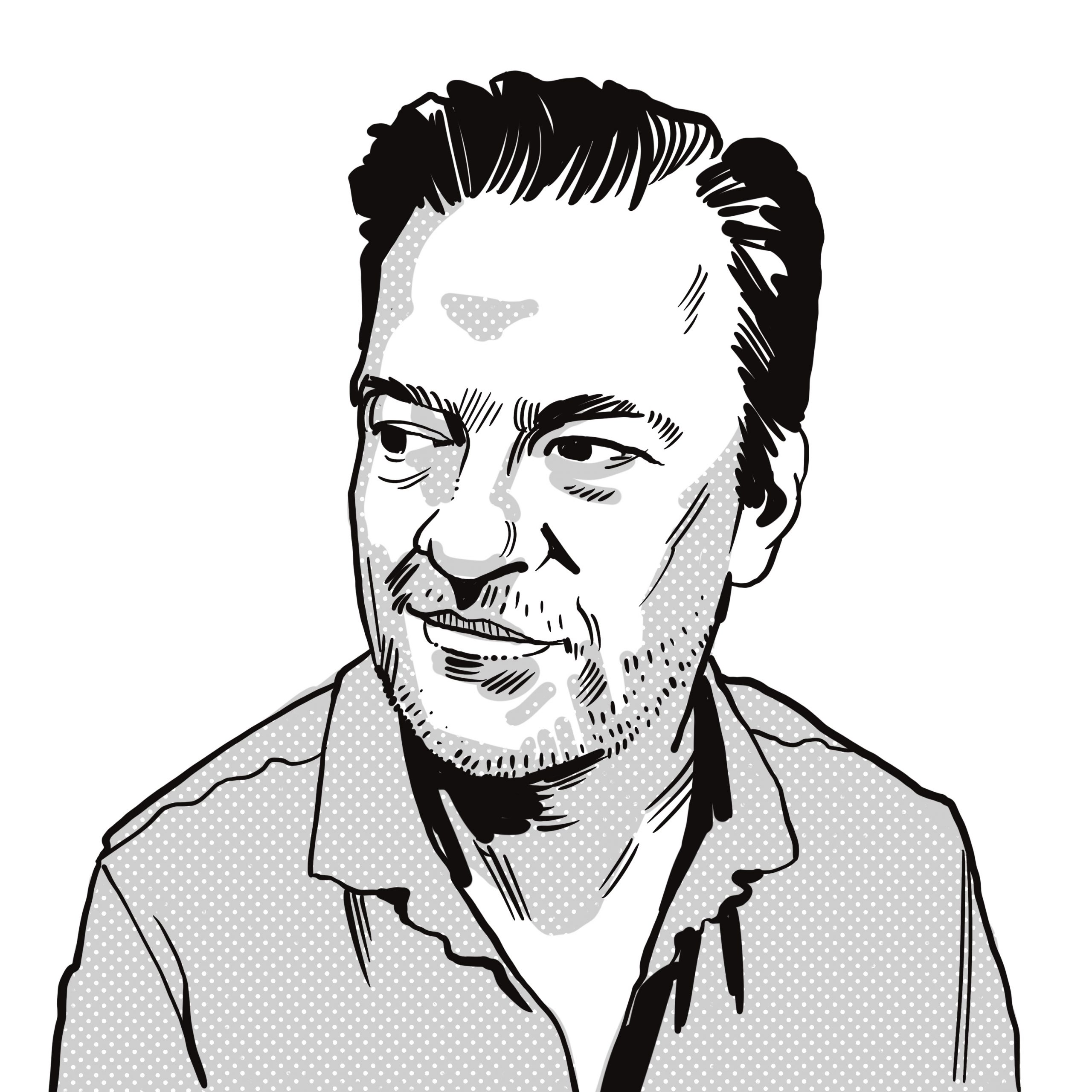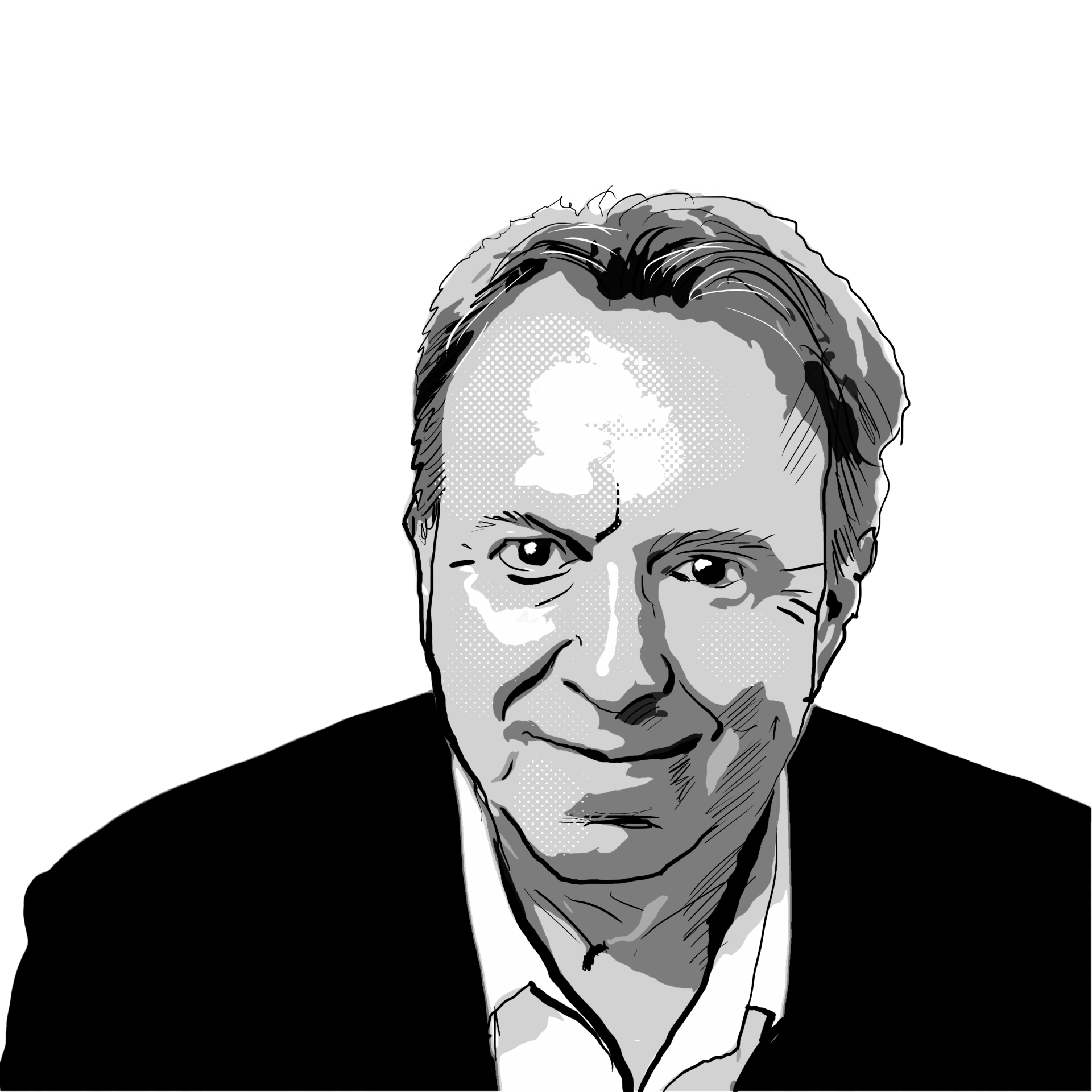Barely two weeks after the most serious outbreak of unrest seen in China since 1989, the Chinese state machine has begun to dismantle the key elements of Xi Jinping’s dynamic-zero Covid policy. It was a policy that, until those protests, it had insisted was both unchangeable and superior to all others. This remarkable reversal rests on the justification of science: Chinese scientists, we are told, have concluded that Omicron, while highly infectious, is less dangerous than earlier versions of Covid-19.
That would hardly be headline news in the rest of the world. The irony is that the dangers that Omicron represents in China remain to be tested. The government has spent two years enforcing quarantine and mass testing rather than vaccinating the vulnerable and expanding the intensive care provision that would be needed in a serous outbreak. It was largely the fear of the possible impacts of Omicron on a substantially unprotected population that justified holding on to the policy for so long and, despite an acceleration in vaccine effort, serious concerns remain: a Shanghai study published in May in Nature Medicine, for example, predicted a potential 1.7 million deaths if the restrictions were lifted, a calculation based on vaccination rates as of March 2022.
Those numbers could have looked better had the government made different choices: China has relied on its own vaccines, which have been found to be less effective and to need more doses than mRNA vaccines. China has not yet licensed a home-produced mRNA vaccine or the import of a western one. Relaxing the worst restrictions on movement may calm the anger on the streets and reduce the sense of political crisis, but a serious outbreak of the disease after three years of national suffering could create another.
When Xi Jinping visited Wuhan in June, the origin city of the global pandemic, he directly ruled out an end to zero-Covid. “Even if there are some temporary impacts on the economy, we will not put people’s lives and health in harm’s way,” he said. “The epidemic response measures are correct and effective and must be upheld unwaveringly.”
Why, then, is he wavering now? One consideration is that the 20th Party Congress is safely over and XI has consolidated his power, perhaps giving him more flexibility to act. The second consideration is the state of the Chinese economy: zero-Covid has accelerated China’s drift towards isolation from the world, which, in turn, has compounded the negative economic effects of a cyclical downturn and a pandemic induced global recession.
Across China the pandemic has threatened livelihoods and disrupted supply chains. In 2022, China’s economy grew by just 3% – substantially less than the government target of 5.5%. The trade data released the week that the measures began to be relaxed tell an equally worrying story: normally a season of frantic Chinese exports into the Christmas market, November’s figures revealed an 8.7% drop in exports and more than 10% drop in imports, negative figures not seen since May 2020. Demand in many factories is so slack that some workers are being released early for Chinese New Year holiday in January.
China’s long boom – a key element in the Party and the government’s popularity – is coming to an end. The question for Xi Jinping – one with global significance – is how he will balance his authoritarian domestic politics and assertive geo-political posture with the immediate needs of China’s economy. The answer to that will also impact how far and how fast the age of globalisation, the foundation of China’s four decades of rapid growth, goes into retreat.
In a moment of historic synchronicity, China’s former Party Secretary Jiang Zemin, died on November 30 at the age of 96. He was cremated at Babaoshan, the cemetery in the suburbs of Beijing that has been the traditional resting place of China’s communist leaders. The present Party leadership turned out in force, no doubt keen to present a show of unity at this fractious moment for the nation. Jiang, who was unexpectedly promoted to lead the party on the eve of the Tiananmen massacre in 1989, was praised for stabilising the country in a moment of turmoil, and for his steadfast adherence to Marxism. His other signature policies – opening China to the world and opening the party to businessmen – attracted less attention in valedictory speeches, perhaps because these are the policies that Xi Jinping is quietly reversing.
For the Party leadership, Jiang’s death added a frisson to an already delicate moment: the period of mourning following the death of a leader in China has twice been the occasion for public expressions of discontent, once in 1976 after the death of Zhou Enlai, and in 1989, when the death of Hu Yaobang triggered the occupation of Tiananmen Square. In both cases, as now, the regime’s current policies are in sharp contrast with those of the deceased.
Jiang Zemin was a lifelong communist, but he also presided over a relatively liberal time in China, when political controls on personal choices were relaxed, when travel became easier, when culture and civil society thrived. From today’s standpoint, it seems like a relatively golden age.
The difference with today’s economic and geo-political approach is equally stark. Jiang worked closely with the pragmatic reforming premier Zhu Rongji, who shuttered China’s rust belt, opened the economy to the market and prepared China for membership of the WTO, paving the way for the country to become the world’s factory and for the rapid growth that followed. In their time, China became a key element in – and beneficiary of – globalisation. Multinational corporations rushed to open production facilities, with an eye on access to one of the world’s biggest markets. Suddenly, everything seemed to be made in China.
In November, the world’s biggest iPhone factory, the Foxconn plant in Zhengzhou, was in the forefront of the pandemic drama: workers threatened with another long lockdown had climbed over the plant’s high fences and escaped on foot, dragging their luggage behind them as they began the long walk home. Desperate managers offered financial incentives to recruit new workers and even suggested that local officials should turn out to help. As production of the new iPhone model slowed, Apple announced plans to speed up a shift in production to India. It is a symptom of the new unease that surrounds China’s attitude to globalisation.
It began well before the first appearance of Covid, in December 2019. By then, confidence in globalisation was already fading. Global elites had benefitted hugely, but workers in the west were hurting and the strains were evident in western politics. Donald Trump had campaigned on the accusation that China was “raping” the US, and the belief that growing prosperity in China would lead to eventual political reform had faded on both sides of the congressional aisle. Even in Germany, the western industrial economy most successfully tied to China, confidence in Wandel durch Handel, “change through trade,” had begun to look threadbare.
The signs of a shift in China’s approach had also been accumulating. In 2017 China unveiled a policy of industrial development that it called “Made in China 2025.” Xi Jinping’s message to the people was that the world was hostile to China, but that the party would defend China’s interests and make China great again.
By 2020, to insure against a global slowdown and to reduce China’s vulnerability to economic headwinds, China’s policy had begun to turn inward. The government announced a new economic approach that it called dual circulation which, it explained, meant expanding domestic demand and shifting effort away from export markets, while improving China’s capacity for innovation. China would, it insisted, remain open to the outside world, manifest in its development of new markets in emerging economies. That was a key ambition of the Belt and Road strategy launched in 2013.
Dual circulation implies securing access to natural resources and aiming for self-sufficiency, particularly in advanced technologies. Were it to succeed, and the US is currently determined to slow its progress through technology export bans, China would become self-reliant in resources and technology, secure in a large domestic market and trading extensively with partners in the developing world.
With Xi Jinping’s muscular reassertion of political orthodoxy at home, and his equally robust assertion of China’s rights and values abroad, the idea of China’s inexorable rise to global dominance was already worrying western capitals. A longstanding disquiet in the United States about a powerful China resolved into frank political hostility under Donald Trump and found expression in a series of punitive trade measures. These have been tightened rather than relaxed under President Biden.
In the UK the naive enthusiasm of George Osborne and David Cameron’s “Golden Era” of relations with China barely outlasted their tenure. The EU, China’s biggest trade partner, was also forced to rethink. In 2019, the European Commission’s External Action Service produced a new formula to guide future relations: China, it said, was simultaneously a cooperation and negotiation partner, an economic competitor and, importantly, a systemic rival.
In the US, alarm was growing that China’s economic power might give it the capacity both to take the lead in advanced technologies, some with military implications, and to reshape the values and balance of interests in a world that had been US-led since 1945. In the EU, the political shock of Xinjiang and Hong Kong, the impacts of the pandemic and some unwisely aggressive Chinese wolf-warrior diplomacy resulted in the lowest popular approval rates for China ever seen among European electorates, a factor that further narrowed the political options.
When the EU sanctioned Chinese officials over Xinjiang, China countered with sanctions on several MEPs and a leading German think tank. A key trade and investment agreement, years in negotiation, abruptly died. And when, in 2022, China positioned itself in effective support of Russia over Ukraine, relations deteriorated further. Leading figures in Europe began to question whether the China game was still worth the candle.
For both the EU and the US, there was also the concern that if the geo-politics continued to deteriorate, China was prepared to weaponise economic dependencies through key supply chains in pursuit of its own political interests. The shared benefits of globalisation that had worked when there was mutual trust, began to look very different as trust gave way to mutual accusations and retaliatory spats.
Western economies remain a long way from decoupling from China, despite talk of re-shoring, friend-shoring and near-shoring. The interlinkages generated since China’s entry into the WTO in 2002 are too complex to untangle swiftly or easily. But as the US revises its approach to industrial policy and exploits its own dominance of selected advanced technologies, the major players are unlikely to return to any deepening of economic and industrial connections. For them, the perils and vulnerabilities that globalisation has created can no longer be ignored.










